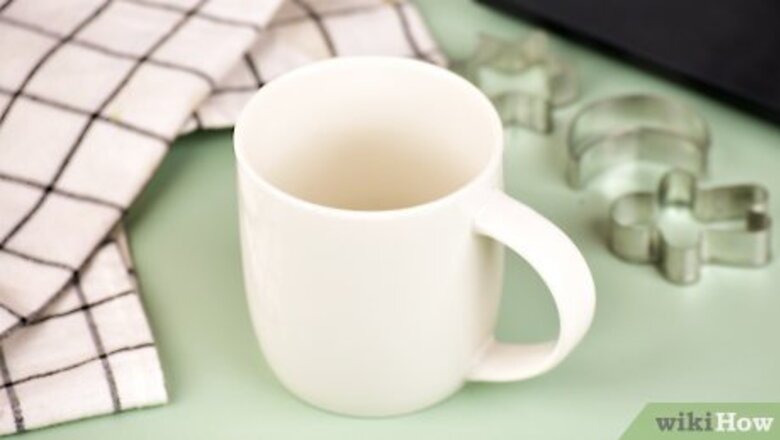
views
Coffee Mug
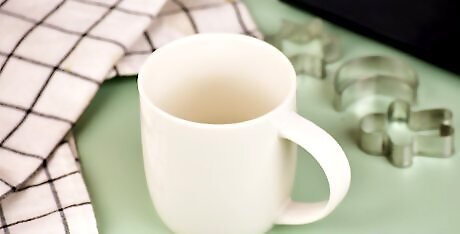
Use a standard-sized coffee mug to roughly measure 1 cup (120 g) of flour. Look at the coffee mugs you have available and choose the one that is the most average size. Avoid using oversized mugs or small cups, such as tea cups. If you’re baking and your recipe calls for a very precise amount of flour, don’t use this method as it’s not precise enough. If you're recipe calls for an amount of flour within a range, such as 1-1.5 cups (120-180 g), this method could work. It could also work well if you just need an approximate amount of flour to dredge meat or other ingredients in. Note that standard coffee mugs range in size from about 8-12 oz (237-355 mL). Some state the size on the bottom. If you aren't sure how big your coffee mug is, use a 12 oz (355 mL) bottle of water to figure it out. Fill the bottle up if it's empty, then pour the water out into the mug until it's full. If the bottle is empty, the mug holds 12 oz (355 mL). If the bottle is 1/3 of the way full, the mug holds 8 oz (237 mL).
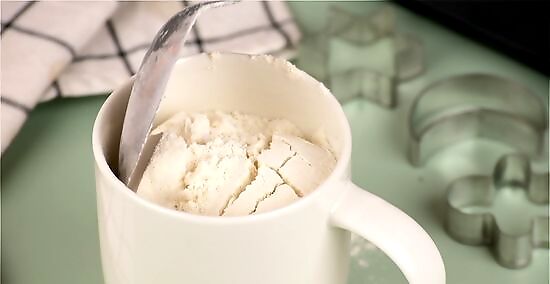
Pour flour into the mug up to the rim. Set the mug down on your countertop, a cutting board, or another flat work surface. Slowly and carefully pour flour into the mug until it’s full. Don’t scoop the flour with the mug because this compacts it a lot and you’ll end up with more than a cup’s worth of flour.
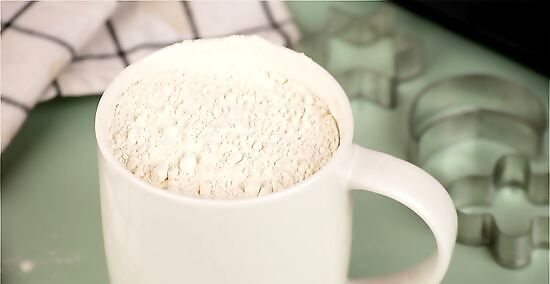
Shake the mug gently to settle the flour about 7-8 mm below the rim. Grab the mug firmly by the handle or the sides. Shake it carefully back and forth, without lifting it off the flat surface, until the flour collapses and compacts to below the rim. Another way to look at this is that you want the flour to be at about the same level you would typically fill the mug to with a beverage like coffee or tea. Pour more flour into the mug or use a spoon to scoop some out until you get it at the right level. If you need less than 1 cup (120 g) of flour, just fill the cup up less according to the amount you need. For example, if you need 1/2 cup (60 g) of flour, fill it up to about 7-8 mm below halfway.
Kitchen Scale
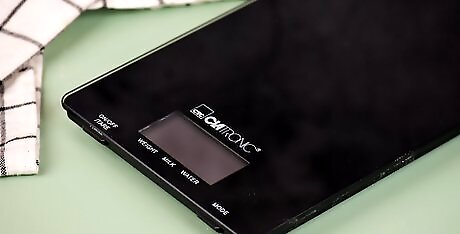
Use a kitchen scale to precisely measure flour. A kitchen scale gives you the most accurate measurement possible. Choose this method when you want to precisely measure out flour for things like baking. Even if you do have measuring cups, using a kitchen scale is a better way to measure flour out when you require very specific amounts.
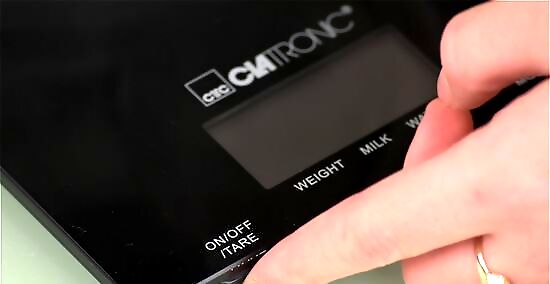
Place a mixing bowl on top of the scale and turn it on. Grab a large metal, glass, or ceramic mixing bowl and center it on the scale. Press the power button on the scale to turn it on and ensure that the scale reads “0.” If your scale is already on when you put the bowl on it, just press the “Tare” button to set the scale to “0” with the bowl on it.
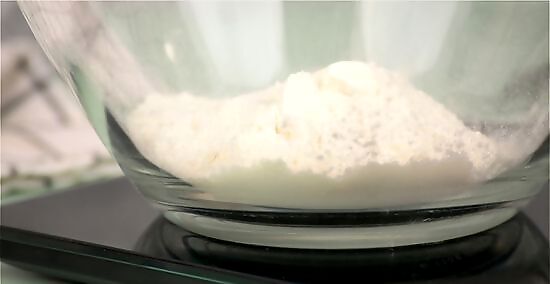
Pour flour into the bowl slowly until the scale shows the amount you want. Hold a bag or container of flour over the bowl and carefully tilt it until the flour starts pouring slowly into the bowl. Watch the numbers on the scale and stop pouring as soon as you get the correct amount of flour in the bowl. Keep in mind that 1 cup of all purpose flour weighs 120 grams (4.25 oz). If you need to take away or add flour to get the amount exact, use a spoon to scoop the flour out of the bowl or transfer flour from the bag or container into the bowl until the scale reads the weight of flour that you need.
Spoons
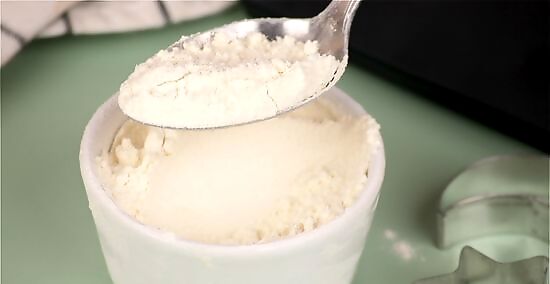
Use a dinner spoon to approximately measure 1 tbsp (7.81 g) of flour. Scoop up a mound of flour with a standard dinner spoon. Give the spoon a gentle shake, so the excess flour falls off the mound. Dinner spoons are also known as soup spoons. Measure out about 15.5 tbsp (121 g) of flour to get approximately 1 cup (120 g) of flour. Since spoonfuls are such small amounts of flour, it's OK to use the approximate measurement techniques in this method for any recipe, including baking.
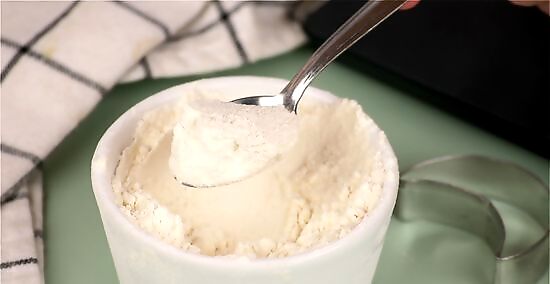
Fill a dessert spoon halfway to get approximately 1 tsp (2.6 g) of flour. Grab a small spoon that you would normally use for desserts like ice cream or cake. Scoop up enough flour to fill it about halfway. Dessert spoons typically hold about 2 tsp (5.2 g) of flour. Measure out about 23 full dessert spoons of flour to get approximately 1 cup (120 g) of flour.
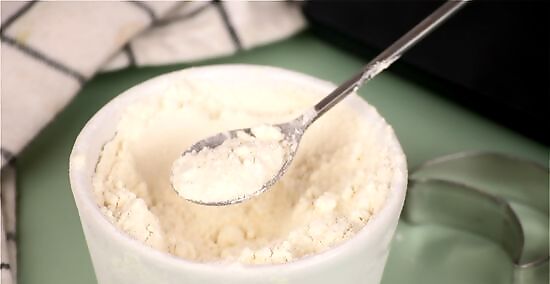
Measure out about 1/2 tsp (1.3 g) of flour with a coffee stirring spoon. Pick the smallest spoon you can find, such as a spoon you would use for stirring sugar and cream into a cup of coffee or tea. Scoop up enough flour to fill the spoon completely with a small mound. Fill a coffee or tea stirring spoon with flour twice to measure out 1 tsp (2.6 g) of flour as an alternative to filling a dessert spoon halfway. Measure out about 92 coffee stirring spoons full of flour to get approximately 1 cup (120 g) of flour.



















Comments
0 comment